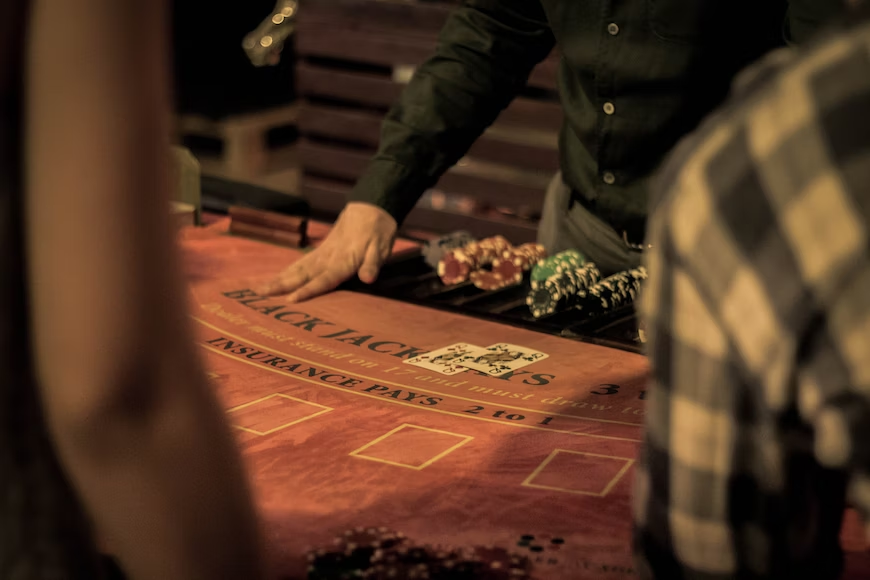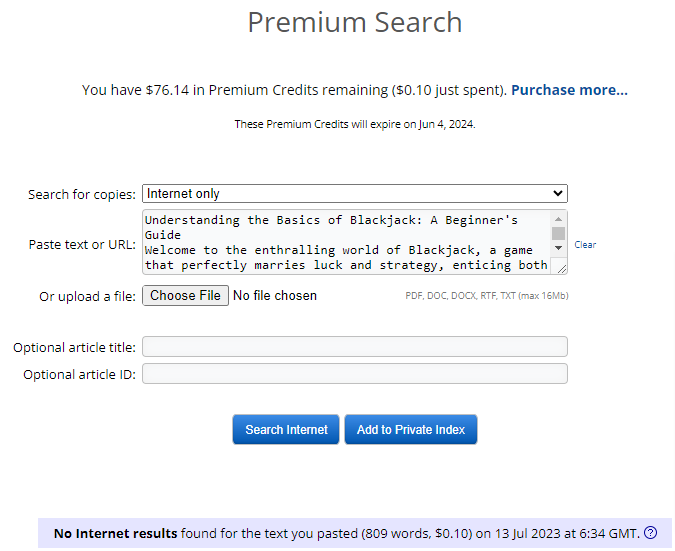
Welcome to the enthralling world of Blackjack, a game that perfectly marries luck and strategy, enticing both seasoned players and beginners alike. As a novice stepping into this arena, understanding the fundamental rules and strategies of Blackjack is paramount to your enjoyment and success, especially if your goal is to learn how to play real money blackjack. This beginner’s guide aims to illuminate the basics of this popular casino game, making the gameplay less daunting and more engaging.
Whether your intention is purely recreational play or you aspire to become a savvy player, gaining a robust understanding of the game’s structure, strategies, and variations is a crucial first step. So, embark on this enlightening journey into the world of Blackjack and equip yourself with the knowledge you need to confidently join the game and potentially reap some winnings.
Defining Blackjack and the Rules of Play
At its core, Blackjack is a card game where the aim is to beat the dealer’s hand without exceeding a total of 21. This simple objective, however, is packed with strategic depth. Each round begins with the dealer dealing two cards to each player and themselves. Players then analyze their hands and decide on their next move: ‘Hit’ to take another card, ‘Stand’ to hold their total, ‘Double Down’ to double their bet and take one more card, or ‘Split’ to divide their hand into two if they have a pair.
Meanwhile, the dealer follows specific rules, typically standing on 17 and hitting on 16. The player wins by not busting and having a total higher than the dealer’s, having a total of 21, or if the dealer busts by exceeding 21.
How to Place a Bet in Blackjack
Placing a bet in Blackjack is the initial step to kick off each round of play. Before the dealer deals any cards, every player must place their wager in the designated area on the table. The minimum and maximum betting limits are generally displayed on a sign on the Blackjack table. To place a bet, players simply stack the desired amount of casino chips in the betting box in front of their seats.
Once all bets are placed, the dealer deals the cards and the game begins. Beginners must remember that once the first card is dealt, they can’t touch or alter their bet until the hand is over. Consequently, understanding your betting limits and managing your bankroll wisely is a fundamental part of the Blackjack strategy.
How to Count Cards in Blackjack
Card counting in Blackjack is a strategy used to determine when the player has a probabilistic advantage over the house, allowing them to adjust their bets accordingly. It involves tracking the ratio of high to low-value cards left in the deck or shoe. A simple system, like the Hi-Lo strategy, assigns a point value to each card: +1 for 2-6, 0 for 7-9, and -1 for 10-Ace. As each card is dealt, the player adds or subtracts the point value, resulting in a “running count.”
The higher the positive count, the more high-value cards remain, giving an advantage to the player. However, card counting requires practice, mental agility, and the ability to keep track while dealing with distractions in a casino environment. Note that some casinos discourage this practice and may ask card counters to leave.
Basic Strategies for Winning at Blackjack
Winning at Blackjack requires a blend of luck and strategic play. Understanding the basic strategy is key to improving your chances. This involves making the statistically optimal decision – hit, stand, double down, or split – based on your hand and the dealer’s up card. For instance, it is typically advised to always split Aces and 8s, stand if your hand is 12-16 when the dealer has 2-6 or hit when the dealer’s up card is 7-Ace.
Basic strategy charts, readily available online, provide a handy reference for these decisions. It’s also essential to manage your bankroll wisely. Bet with your head, not over it, ensuring you only wager what you can afford to lose. Finally, remember that the goal is to beat the dealer, not necessarily to get 21. Your decision-making should reflect this goal.
Conclusion
All in all, blackjack is an exciting and strategically complex game with plenty of chances for success with a bit of knowledge. Knowing how to properly place a bet, count cards, and apply basic strategies are essential components to winning this classic and beloved casino game.
Whether you’re playing at an online casino or visiting your local gambling house, the thrill of competing against the dealer for fistfuls of chips is unmatched in the world of card games. Now that you’re equipped with a sense of how to approach playing blackjack successfully, it’s time to hit the tables! Good luck!

